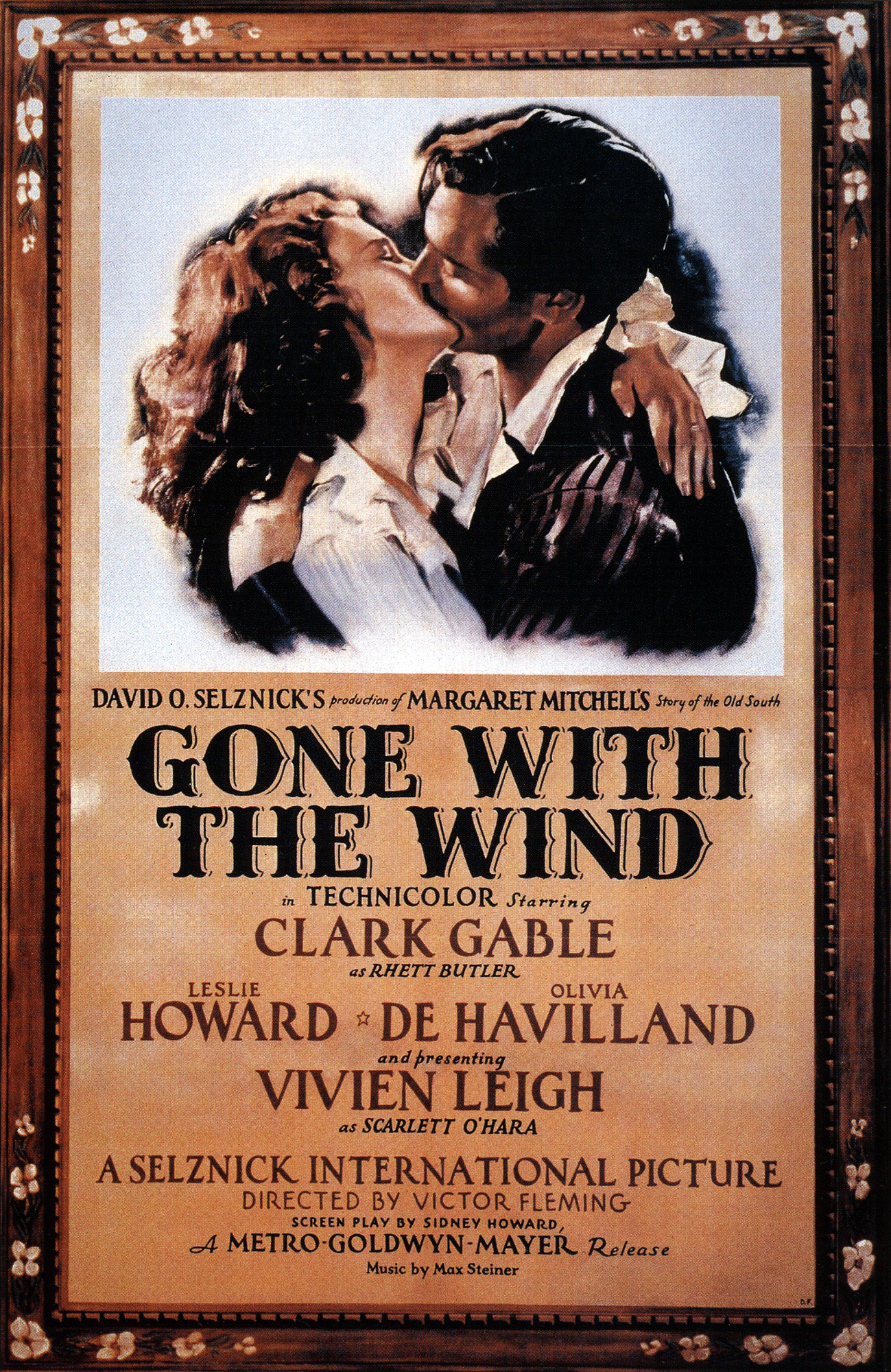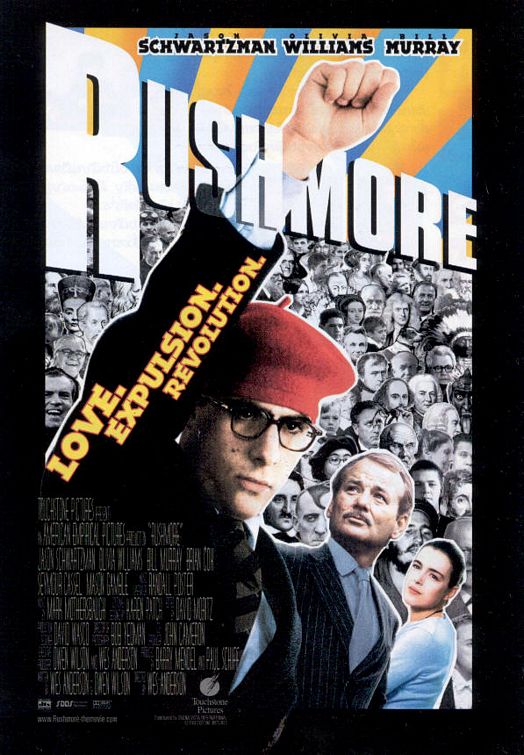
#31) The Blood of Jesus (1941)
OR “The Devil Went Down to Texas”
Directed & Written by Spencer Williams
Class of 1991
Watch the whole film below, and download it for free courtesy of the Southern Methodist University Central University Libraries.
The Plot: Sister Martha (Cathryn Caviness) is baptized by her local church. Her newlywed husband Razz (Spencer Williams) is not very religious and does not attend the ceremony, opting to go hunting instead. When he arrives home, his gun accidentally discharges, the bullet hits Martha and her chances of survival do not look good. While bedridden, an angel (Rogenia Goldthwaite) appears and leads Martha to the crossroads between Heaven and Hell. The angel makes a case for Heaven, but Martha is tempted by the Devil (Jas. B. Jones) and his assistant, Judas Green (Frank H. McClennan). Martha’s faith is put to the ultimate test, with a gospel choir soundtrack that can’t be beat.
Why It Matters: The film’s significance as a long-lost “race film” is mentioned by the NFR. An essay by University of Texas Professor Dr. Mark S. Giles puts the film in its proper historical context. “The Blood of Jesus” was the first film made entirely by African-Americans to be included on the Registry.
But Does It Really?: As entertainment, I think it could have used some trimming, but its cultural and historical importance cannot be denied. Films like these always fascinate me; the kind of film made by a small town working together. One wonders what it must have been like for Spencer Williams to convince everyone to make this. The result is a bit rough around the edges, but ultimately “The Blood of Jesus” is a well-meaning and at times touching expression of a community’s strong Christian faith. Take that, “The War of the Worlds”.
Everybody Gets One: Spencer Williams is best remembered as Andy on the TV version of “Amos ‘n’ Andy”, but his life prior to that is much more interesting. “The Blood of Jesus” was the first of 12 films he directed and produced. Prior to that he helped write “The Melancholy Dame” (considered by many to be the first all-black talkie) and served as a Sergeant Major during World War I. Sadly, virtually nothing is known about the rest of the cast, all of who were non-actors who lived in Texas at the time of production. Tragically, cast member Frank H. McClennan died at the age of 28 in 1940, just prior to the release of this film.
Wow, That’s Dated: Mainly the idea that any sort of urban living is a sin.
Other notes
- Man, that cast list credit stays on screen for a long time. Is there going to be a test on it?
- The major thing this film has that I missed in my own religious upbringing is the concept of harmonizing.
- When Sister Ellerby comes to visit Sister Jenkins, a hand reaches out and closes the door behind her. Who is that? Is it God? Does that mean He’s opening a window somewhere else?
- Even Spencer Williams isn’t safe from the Chekhov’s gun principle.
- So the gun fell on the floor, discharged, shot Martha in what appears to be the ribs, went “clean through her” and symbolically hit the picture of Jesus located at a different angle in the room? Now that’s a magic bullet.
- Why are they surprised that Razz is taking this so hard? He accidentally shot his newlywed wife. You’d be distraught too.
- The footage of heaven is taken from a silent film (allegedly 1911’s “L’Inferno”). If you look closely, you can see the attempt to mask the title cards at the bottom of the frame.
- Of course The Devil utilizes door-to-door salesmen for his bidding.
- I get the feeling there isn’t a single frame of film that got cut from any of this.
- The film doesn’t make that bad a case for Hell. Just don’t work for Rufus Brown and it seems to be a lot of fun.
- Cool, the director knew an acrobat!
- More films should include a flatbed truck with a jazz combo on it.
- I can’t imagine it was pleasant for Cathryn Caviness to spend part of her day being filmed lying on rocks with blood dripping onto her face. You wanted to be in a picture, didn’t you?
Legacy
- Julie Dash cites this film as partial inspiration for her film (and future NFR entry), 1991’s “Daughters of the Dust”.
- The Devil knew he would have to up his game to take down mankind, so he waited until Mia Farrow and John Cassavetes were apartment hunting to make his next move.
Further Viewing: Spencer Williams followed up “The Blood of Jesus” with several “race films” throughout the ‘40s, though none as successful as this one. Many of his films have been archived and can be found on the internet for free. I’ll start you off with one that’s a slightly different tone than “The Blood of Jesus”; 1946’s “Dirty Gertie from Harlem U.S.A.”




 #27) Edison Kinetoscopic Record of a Sneeze (1894)
#27) Edison Kinetoscopic Record of a Sneeze (1894)